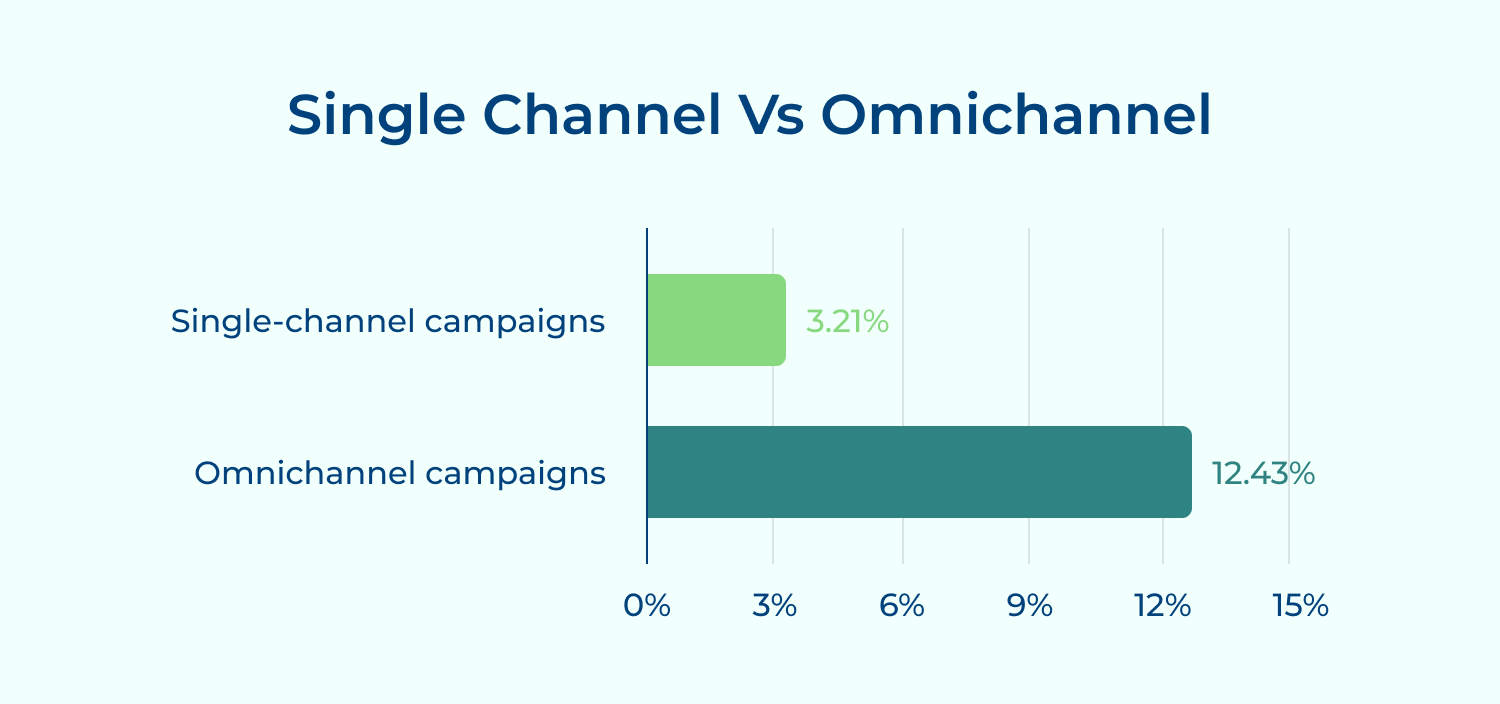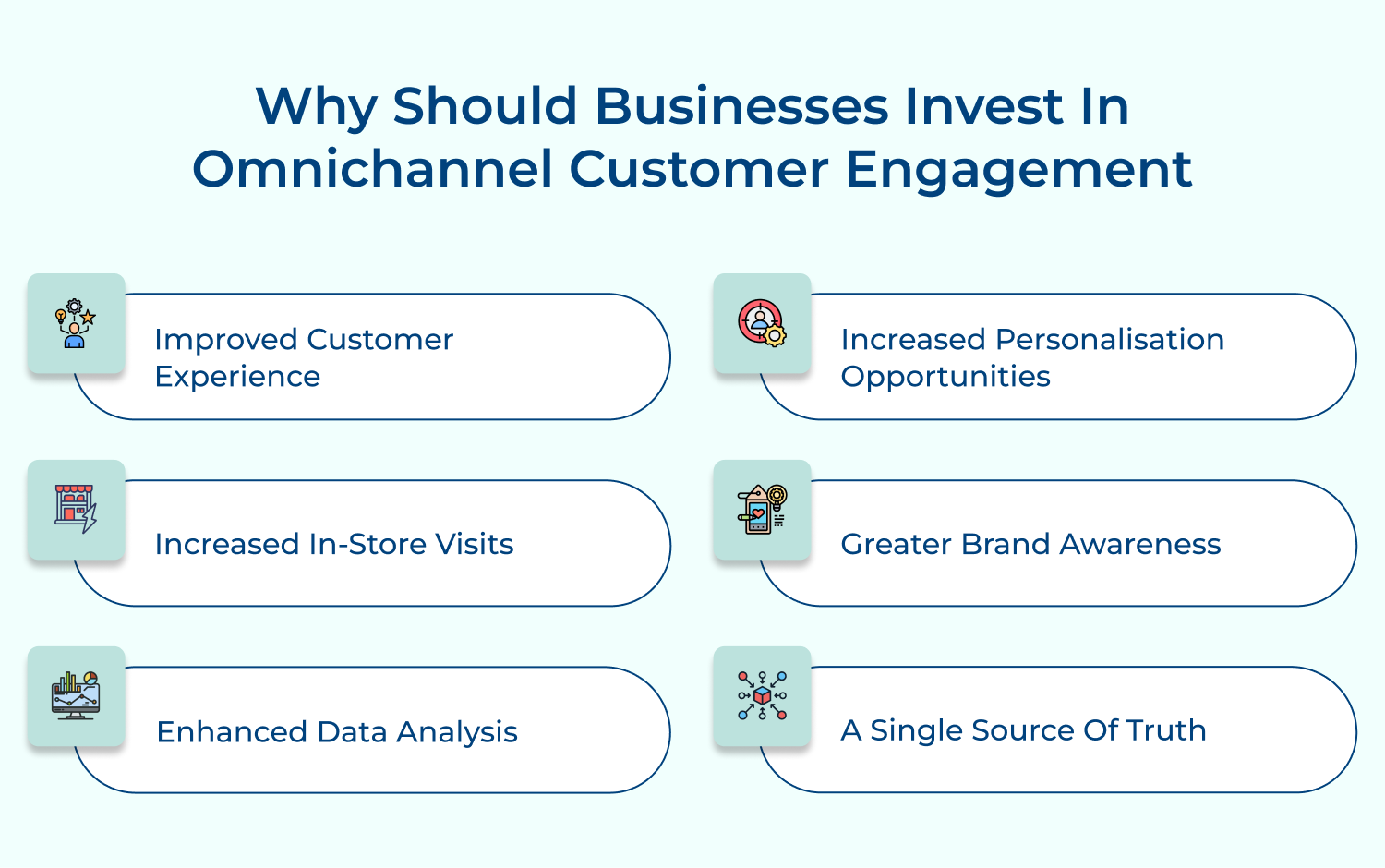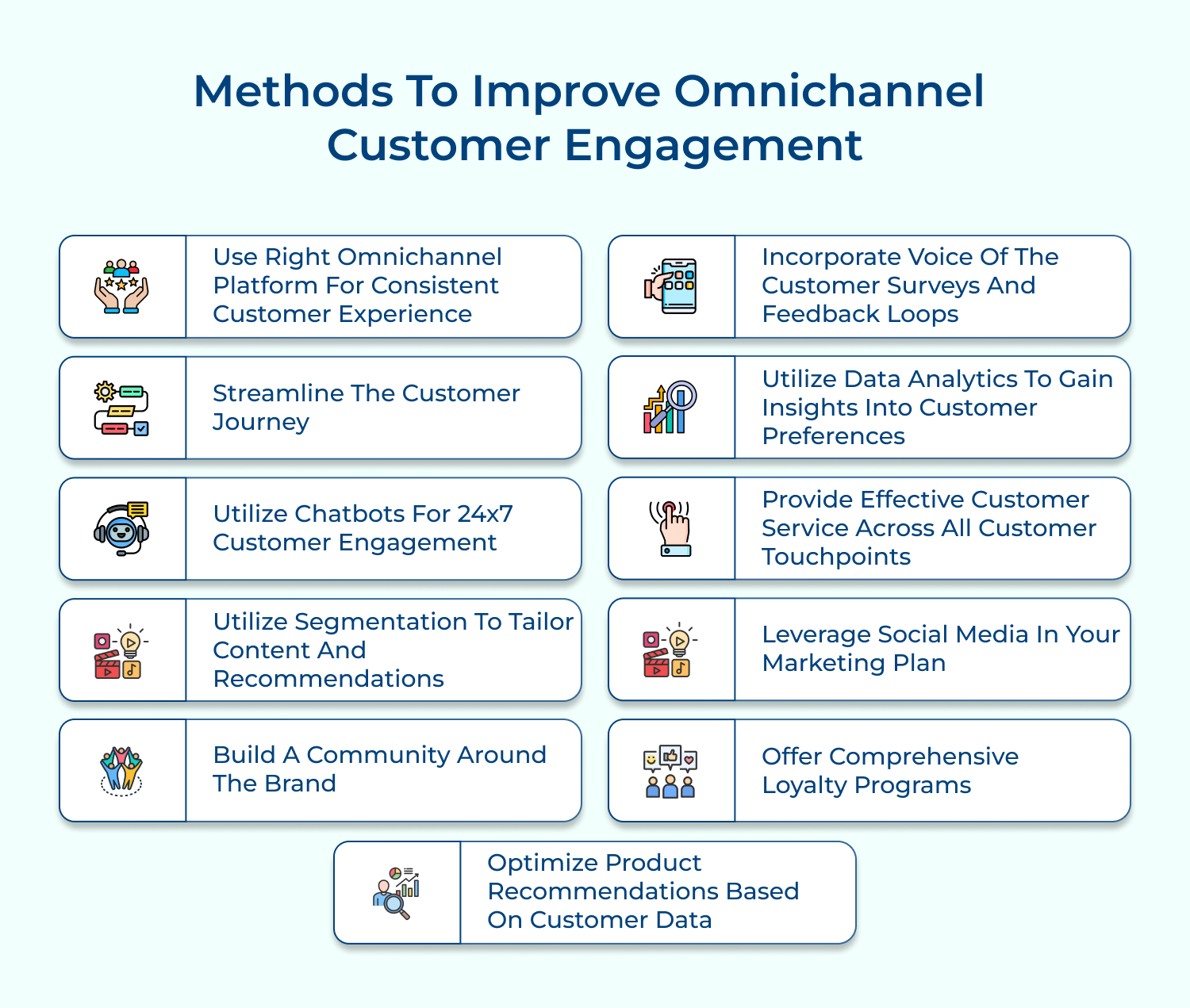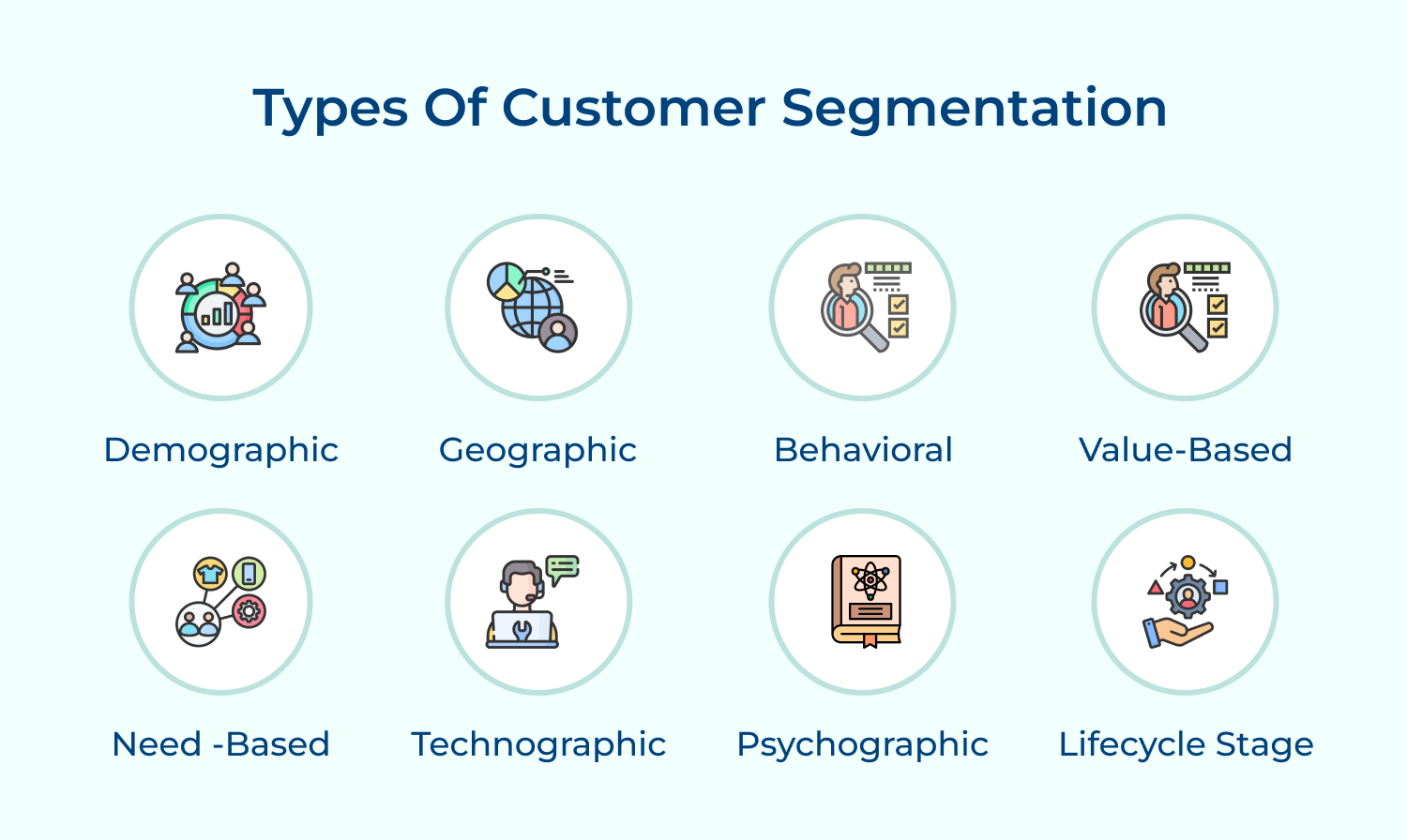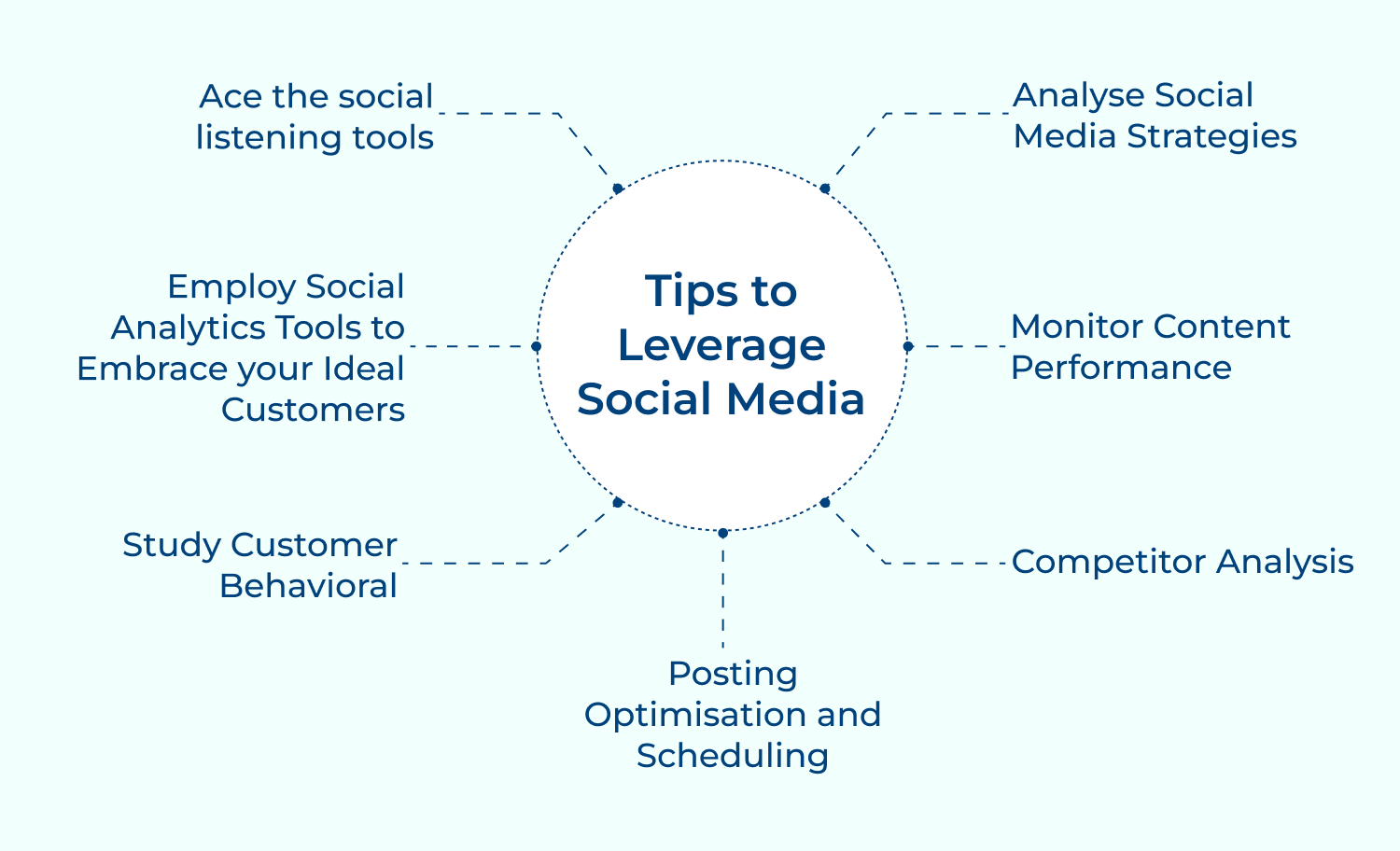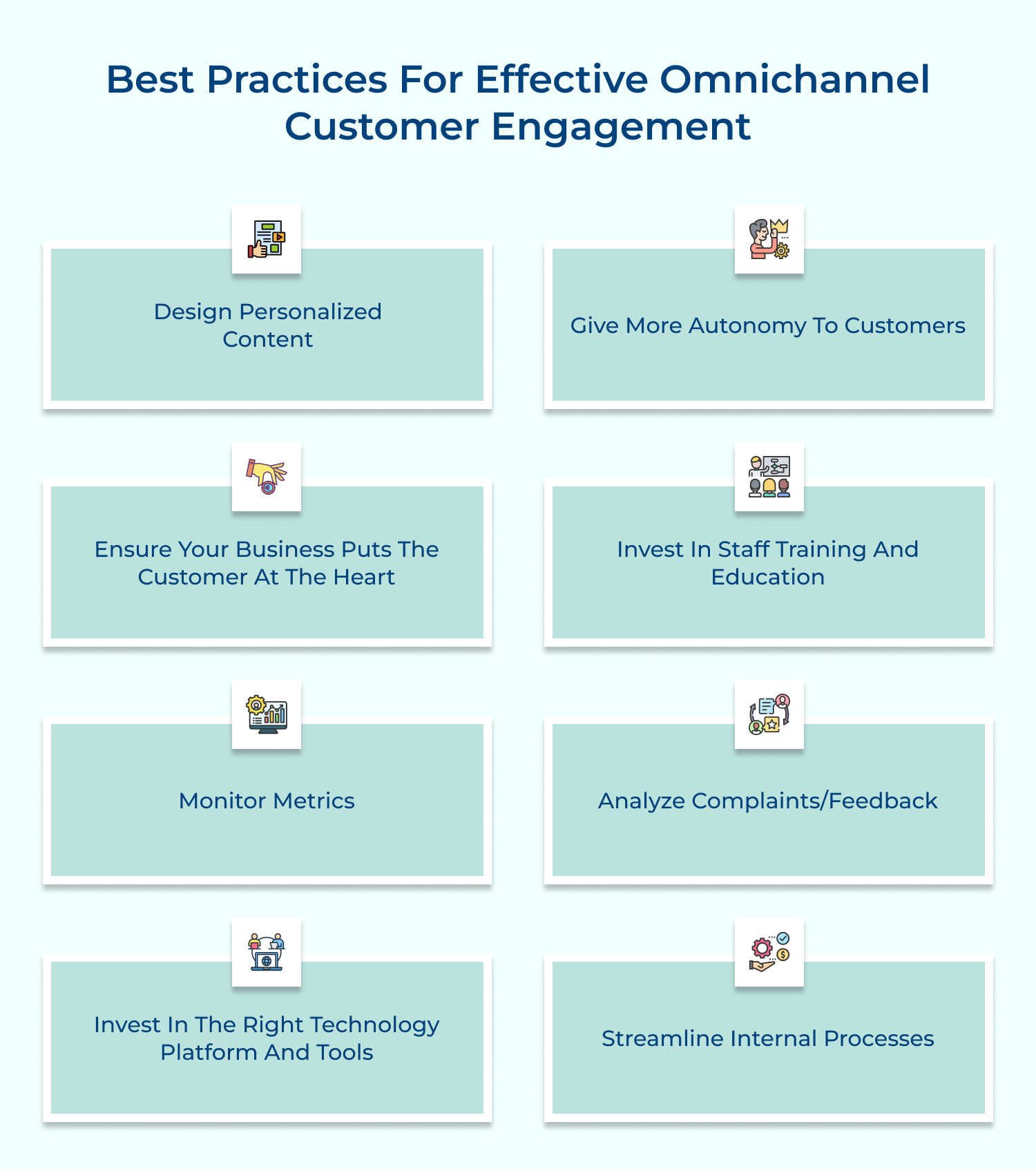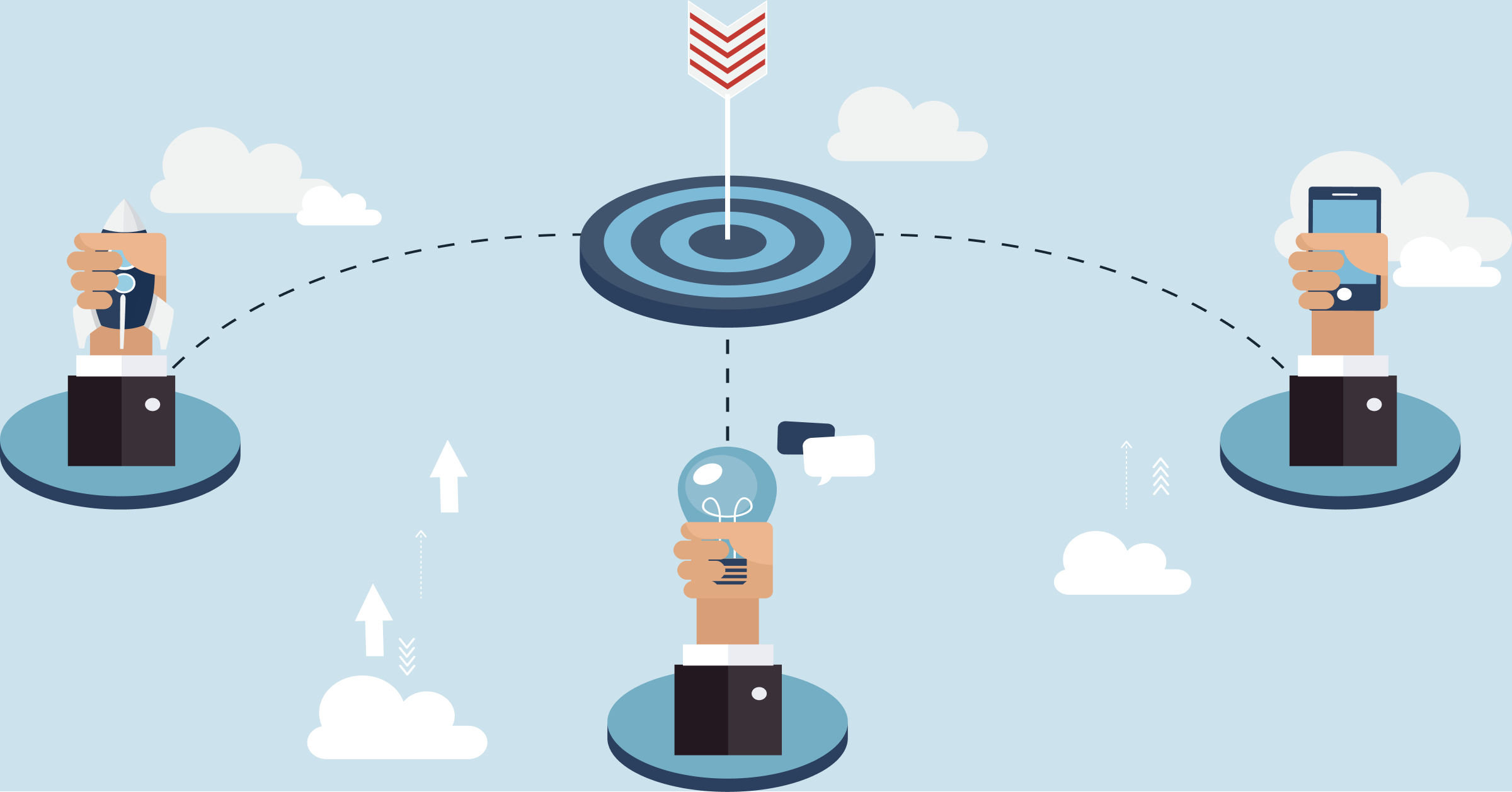By providing targeted, personalized content that resonates with each individual segment, companies are able to more effectively pique their audience’s interest, leading to higher levels of engagement.
5. Build a Community Around the Brand
Building a community around your brand can be an effective way to increase customer engagement, as people tend to trust brands that foster relationships with their customers.
During the buying decision-making process, 27.3% of customers use an online community dedicated to the productor service.
Through leveraging forums, chat rooms, and other forms of interactive communication, brands can position themselves as thought-leaders in the industry while creating an environment where customers feel heard.
6. Incorporate Voice of The Customer Surveys and Feedback Loops
Gathering insights from customers directly through surveys and feedback loops is another effective way to increase engagement.
Not only does this provide valuable insights into how your company is performing relative to customer expectations, but it also gives customers a platform for expressing their opinions about products or services.
It allows for more transparent two-way communication between brands and customers which helps drive consumer loyalty.
7.Utilize Data Analytics to Gain Insights into Customer Preferences
Data analytics can provide valuable insights into customer preferences and behaviors, making it easier to target customers with relevant content.
Automation of processes can reduce costs and improve efficiency, so that more customer queries can be addressed in a shorter time frame.
Comprehensive loyalty programs incentivize customers to repeatedly purchase from your brand by offering rewards for their purchases.
8. Provide Effective Customer Service Across All Customer Touchpoints
Having effective customer service across all customer touchpoints is essential for providing consistent and seamless user experience.
An omnichannel approach will ensure all channels are interconnected, from web, app, email and phone support to live chat.
This helps create an agile platform that enables customers to quickly get the answers they need without having to switch channels or wait extended periods of time for assistance.
9. Leverage Social Media in Your Marketing Plan
Social media is an excellent medium to engage customers both pre- and post-purchase.

